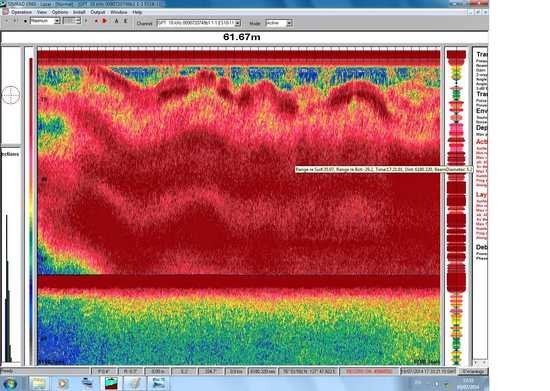Billedtekst:Methane mega flare event on the Laptev Sea slope of the Arctic Ocean, at a depth of about 62 meters. Image via Daily Kos via University of Stockholm.
Videnskabsfolk har opdaget, at varmere vand fra Atlanten strømmer op til ishavet nord for Sibirien og forårsager hurtig anaerob omsætning af meget store mængder organisk stof på havbunden. Dette udløser udslip af enorme mængder metangas, en meget farlig drivhusgas, som kan føre til yderligere opvarmning osv.
Med andre ord: der er meget klare indikationer på, at “the tipping point” er passeret og at temperaturen på jorden vil stige med en hidtil upåagtet hastighed. Kun hurtige, effektive tiltag, som for eksempel ophør af animalsk produktion, kan måske modvirke den tiltagende opvarmning. Animalsk produktion står for mindst 18% af drivhuseffekten. her er et uddrag ef den engelsksprogede artikel på bloggen: Daily Kos.
Vast methane plumes have been discovered boiling up from the seafloor of the Arctic ocean on the continental slope of the Laptev Sea by a dream team of international scientists. Over the last decade a warming tongue of Atlantic ocean water has been flowing along the Siberian Arctic ocean’s continental slope destabilizing methane ice, hypothesize the team of Swedish, Russian and American scientists. The research team will take a series of measurements across the Siberian seas to attempt to understand and quantify the methane release and predict the effect of this powerful greenhouse gas on global and Arctic warming. Because the Siberian Arctic contains vast stores of methane ices and organic carbon that may be perturbed by the warming waters and Arctic climate, Arctic ocean and Siberian sea methane release could accelerate and intensify Arctic and global warming.
via “Vast methane plumes escaping from the seafloor” discovered in Siberian Arctic Sea.

